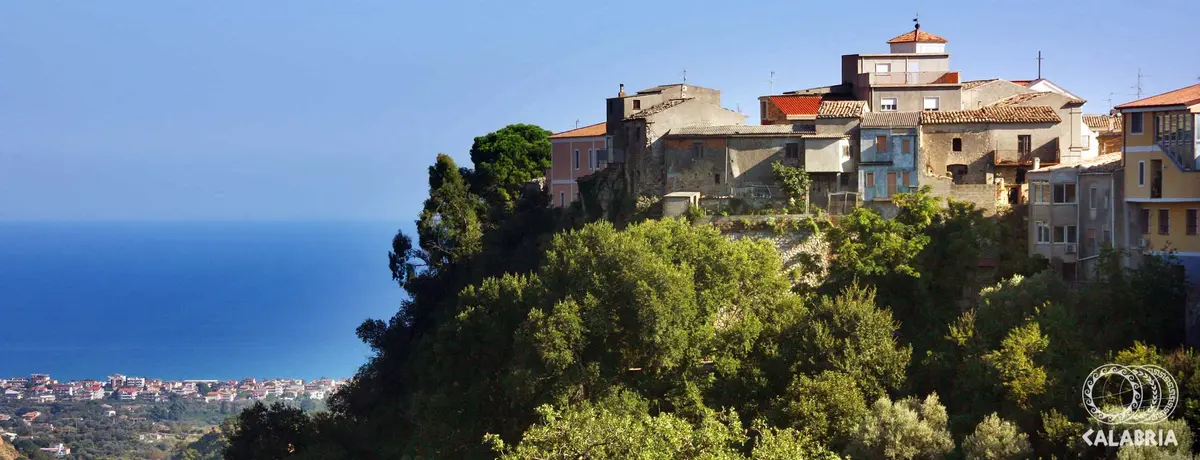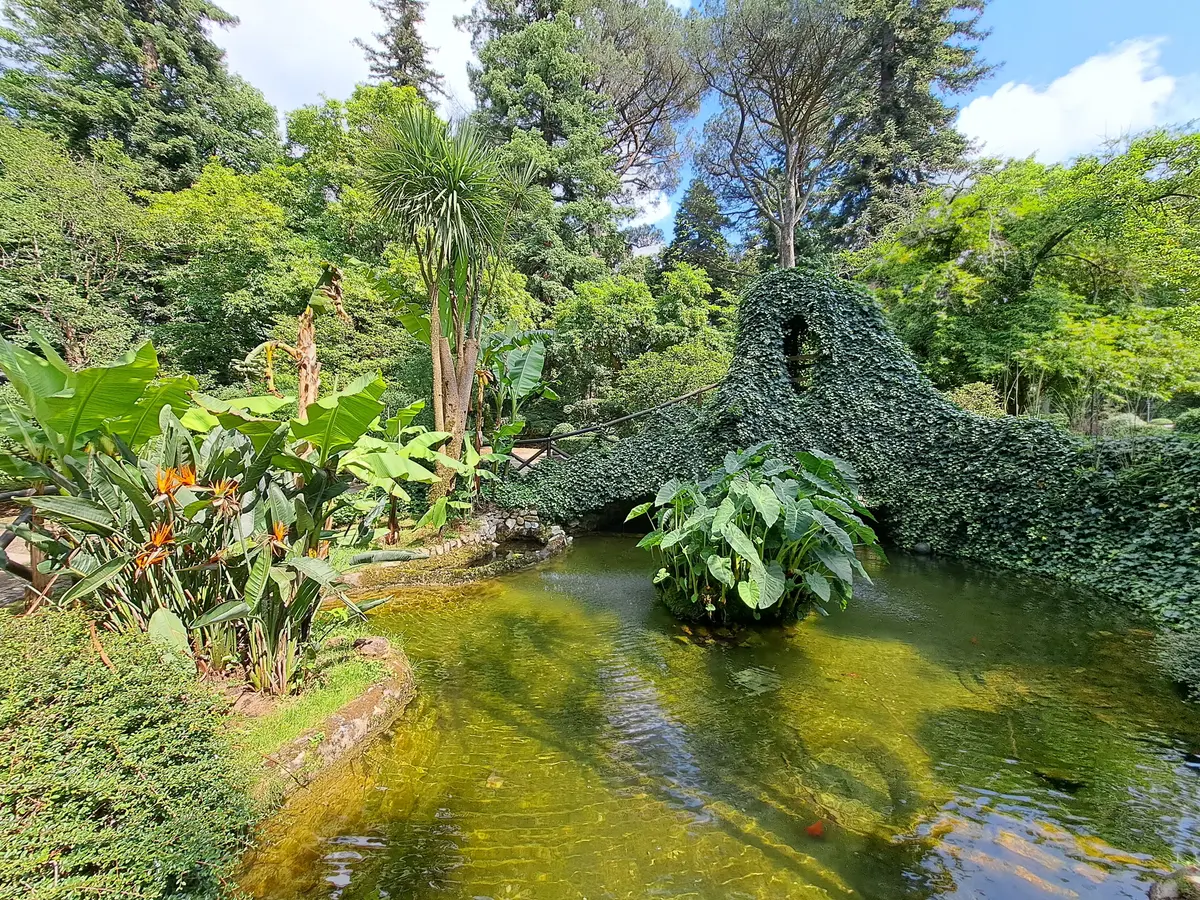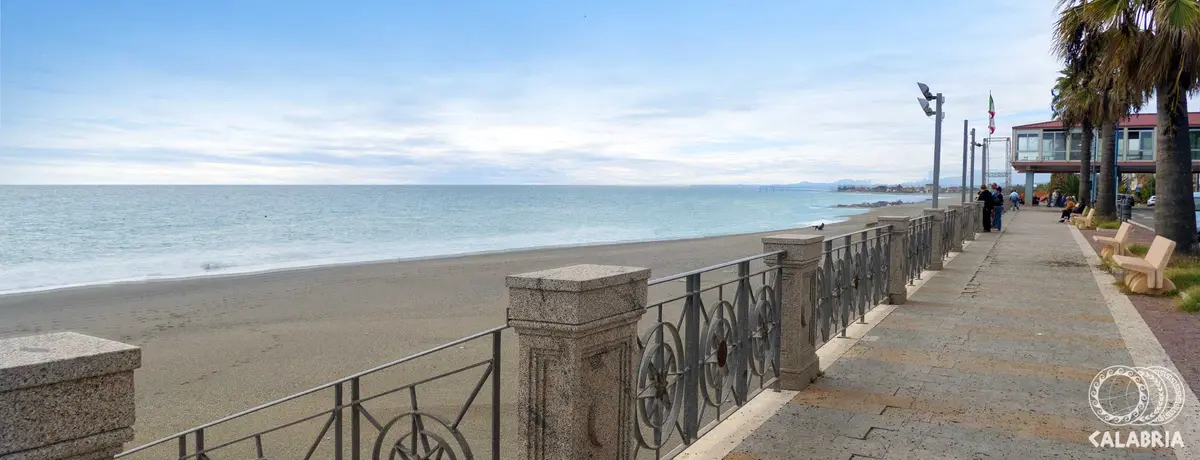Gioiosa Ionica
Art, faith and gastronomy in the heart of the Riviera dei Gelsomini

Calabria Ionica
Gioiosa Ionica - Regione Calabria
Its name, of Greek origin, means "City of the Sun". Gioiosa Ionica, nestled in the valley of the Torbido River in the heart of Locride, is indeed a village illuminated and warmed by the sun's rays almost all year round.
This town with Magna Graecian roots, overlooking a splendid stretch of the Riviera dei Gelsomini, is located halfway between Reggio Calabria and Catanzaro, and its position has always guaranteed it strategic importance for the control of the territory.
The Norman Castle, located on a rocky promontory above the Gallizzi river, is certainly a symbol of a glorious past. Now partly destroyed, it was built in the 12th century and more recently served as the residence of the Caracciolo and Carafa families. The castle, which has a trapezoidal plan with two towers and two large walls, is accessed by crossing a moat via a masonry bridge. Only ruins remain of the imposing rooms, but its ancient splendour can be glimpsed in some details that have survived the collapse and also in the panoramic view that embraces this stretch of the Ionian Sea.
The historic centre of Gioiosa Ionica is characterised by the walls that enclose the town and date back to the 15th century. Strolling through the narrow streets, you can see ancient noble palaces and a large number of churches. The town keeps popular devotion and traditions alive through faith: the patron saint is San Rocco, to whom the sanctuary is dedicated and who is commemorated three times a year, on 27 January, 16 August and, above all, on the last Sunday in August. On this occasion, a very long procession takes place (starting at dawn and ending at sunset), bringing together thousands of faithful who, while following the statue of the saint along the streets, perform the dance of San Rocco, an evocative collective dance with drums, tambourines, pipes and accordions, involving the entire population and revealing the most authentic soul of this territory.
A walk in the heart of Gioiosa Ionica is an opportunity to admire the imposing and elegant architecture of the noble palaces, which often house precious decorations, paintings and floors with Neapolitan majolica tiles. Palazzo Amaduri, built in the 15th century in Baroque style, is home to the historical archive and the Art Gallery, which displays paintings dating from the 17th to the 19th century, in particular a painting by Mattia Preti, several altarpieces and a series of paintings of bishops. Outside the town of Gioiosa Ionica stands the Naniglio Archaeological Park, an imposing underground building from the Roman imperial era, dating back to the 2nd-3rd century AD. The underground part of the Roman Villa, listed among the FAI's Places of the Heart, consists of three adjoining rooms accessed via a spiral staircase. You can see the polychrome mosaic floors and geometric patterns painted on the walls. The first room has a cross-vaulted ceiling supported by eight square pillars and a central skylight. In the second room, there are two circular skylights of different sizes. The third room, on the other hand, was most likely a nymphaeum, a place where one could escape the heat and where water flowed from nearby springs. Traces of an elegant pediment on a terracotta aedicule remain as evidence of this evocative vision.
You cannot leave Gioiosa Ionica without tasting its famous 'pezzo duro', a strictly artisanal ice cream with a compact consistency, cut into slices that reveal its three delicious layers of chocolate, cream and nougat. During the summer, there is a festival entirely dedicated to this gastronomic speciality, which is included among the Traditional Agri-Food Products (PAT) of Calabria.
Useful information
What to know about Gioiosa Ionica
Where to Sleep
There are 7 available accommodations.
Places
There are 2 places to visit.
Travel Ideas
There are 2 travel ideas.
Infopoint Gioiosa Ionica
Gioiosa Ionica
No result









